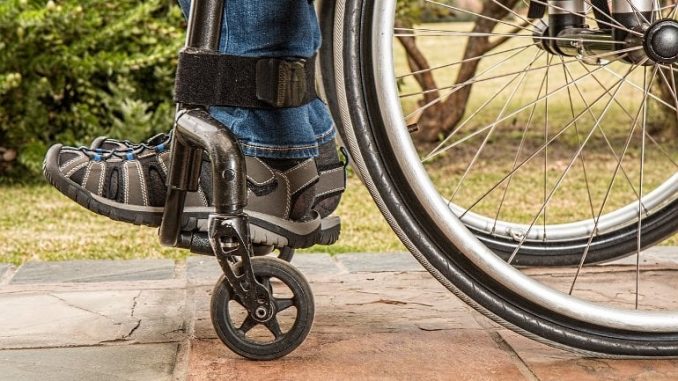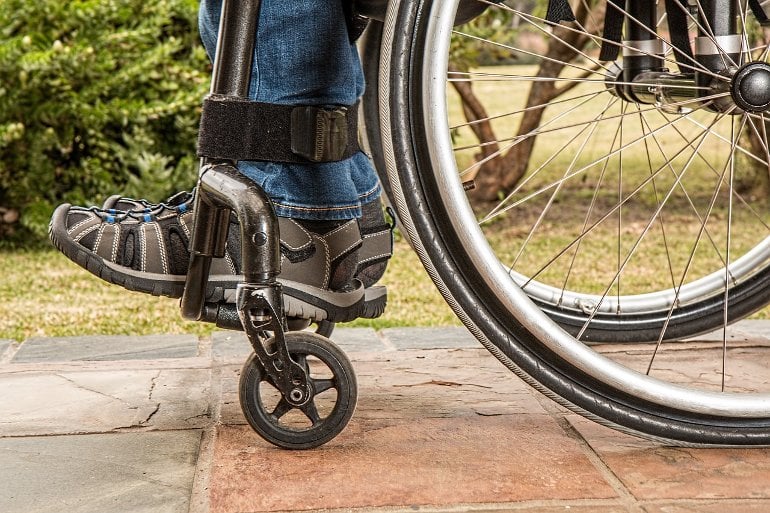Advertisement

Summary: 80% of patients with multiple sclerosis remain free of symptoms in the long term after autologous hematopoietic stem cell transplantation.
Source: University of Zurich
Every day one person in Switzerland falls ill with multiple sclerosis. MS is an autoimmune disease in which the body’s immune system attacks the myelin sheaths around nerve cells in the brain and spinal cord. The disease causes, among other things, paralysis, pain and permanent fatigue.
Fortunately, there have been great advances in therapy over the last few decades. A study by the Department of Neuroimmunology and MS Research at the University of Zurich (UZH) and the Clinic for Medical Oncology and Hematology at the University Hospital Zurich (USZ) has now shown why the most effective therapy currently available is stem cell transplantation – it works so well.
Wipe out unwanted immune cells
“80 percent of patients remain disease-free in the long term or even forever after autologous hematopoietic stem cell transplantation,” says recently retired study leader and senior author Professor Roland Martin.
The treatment is particularly suitable for younger people with aggressive forms of the disease. Thanks to the high effectiveness of the treatment and the meanwhile low mortality rate, Martin’s department, together with the USZ Clinic, received approval for therapy four years ago. It is the only clinic in Switzerland approved for this treatment.
During treatment, multiple chemotherapy regimens completely destroy the patient’s immune system—including the subset of T cells that mistakenly attack their own nervous system.
Patients then receive a transplant of their own blood stem cells, which were obtained before chemotherapy. The body builds a completely new immune system from these cells, without any autoreactive cells.
Systematic analysis of immune cells
“Previous studies have shown the basic functionality of the method, but many important details and questions remained unanswered,” says Martin. It was unclear what exactly happens after the immune cells are eliminated, whether some of them survive the chemotherapy and whether the autoreactive cells really do not return.
In the recently published study, Martin’s team systematically investigated these questions for the first time by analyzing the immune cells of 27 MS patients who received stem cell therapy in Zurich. Analysis was performed before, during and up to two years after treatment. This enabled the researchers to track how quickly the different types of immune cells regenerated
Successful reset of the immune system
Surprisingly, the so-called memory T-cells, which are responsible for the body remembering pathogens and being able to react quickly in the event of a new infection, reappeared immediately after the transplant.
Further analyzes showed that these cells had not regenerated, but had survived the chemotherapy. However, these remnants of the original immune system do not pose a risk for a renewed MS: “They have been previously damaged by the chemotherapy and can therefore no longer trigger an autoimmune reaction,” explains Martin.

In the months and years after the transplant, the body gradually rebuilds the different types of immune cells. The thymus gland plays an important role in this. Here the T-cells go to school, so to speak, and learn to distinguish foreign structures such as viruses from the body’s own.
“Adults have very little functioning tissue left in the thymus gland,” says Martin.
“But after transplantation, the organ seems to resume its function and creates a completely new repertoire of T cells that do not appear to trigger MS or cause it to recur.”
Further studies are needed for broader approval
These findings have allowed researchers to understand why stem cell transplants are typically so successful. But unfortunately, says Martin, the treatment is unapproved in many countries due to a lack of Phase III trials.
“Phase III trials cost several hundred million euros, and pharmaceutical companies are only willing to carry them out if they make money afterwards.” This is not the case with stem cell therapy because the drugs used are no longer protected by patents.
“That’s why I’m very pleased that we managed to get the approval of the treatment from the Federal Office of Public Health and that the health insurance companies are covering the costs,” says Martin. In the past, many MS patients from Switzerland had to travel to Moscow, Israel or Mexico for transplants.
See also

About this news from multiple sclerosis research
Author: Kurt Bodenmuller
Source: University of Zurich
Contact: Kurt Bodenmüller – University of Zurich
Picture: The image is in the public domain
Original research: Open access.
“Dynamics of renewal of the T cell repertoire after autologous hematopoietic stem cell transplantation in multiple sclerosis” by Roland Martin et al. Science Translational Medicine
abstract
Dynamics of renewal of the T cell repertoire after autologous hematopoietic stem cell transplantation in multiple sclerosis
Autologous hematopoietic stem cell transplantation (aHSCT) is a highly effective treatment for multiple sclerosis (MS). It breaks down autoreactive cells and then renews adaptive immune cells.
The possible pro-inflammatory potential of surviving T cells early after aHSCT has not been evaluated.
Here we examined the dynamics of new and surviving T cells in 27 patients after aHSCT by multidimensional flow cytometry, T cell receptor (TCR) sequencing, specificity testing, telomere length profiling, and HLA genotyping.
Early after aHSCT, naïve T cells are barely detectable, whereas effector memory (EM) T cells rapidly reconstitute to pre-aHSCT levels. EM-CD4+ T cells early after aHSCT have shorter telomeres, show higher expression of senescence and exhaustion markers, and proliferate less than before aHSCT.
We find a median TCR repertoire overlap of 26% between early post-aHSCT EM CD4+ T cells and pre-aHSCT, indicating persistence of EM CD4+ T cells early after transplantation.
The EM CD4+ TCR repertoire overlap decreases to 15% 12 months after aHSCT, while the naïve TCR repertoire is completely renewed. HLA-DR associated EM CD4+ T cell reactivity to MS-related antigens decreased after aHSCT while reactivity to EBV increased.
Our data show significant survival of pre-aHSCT EM CD4+ T cells early after transplantation, but complete renewal of the T cell repertoire by nascent T cells later.

